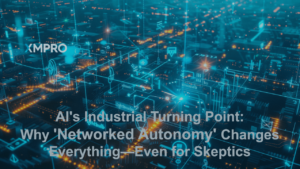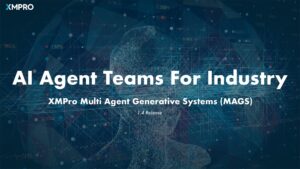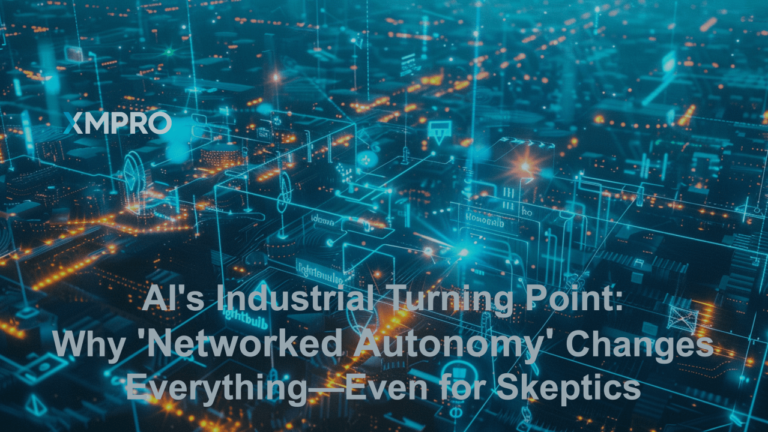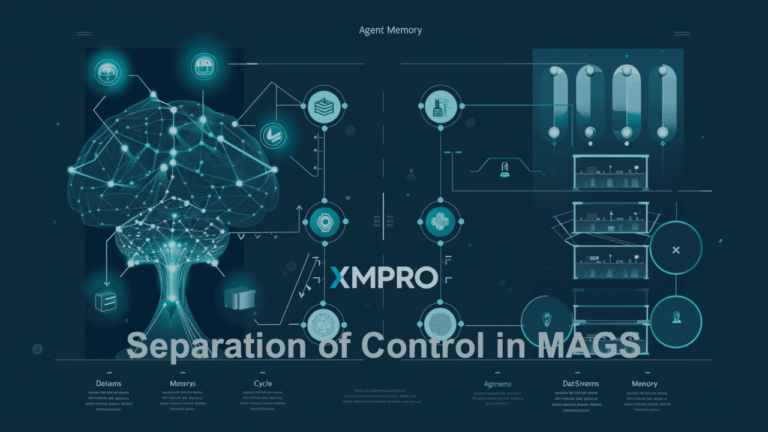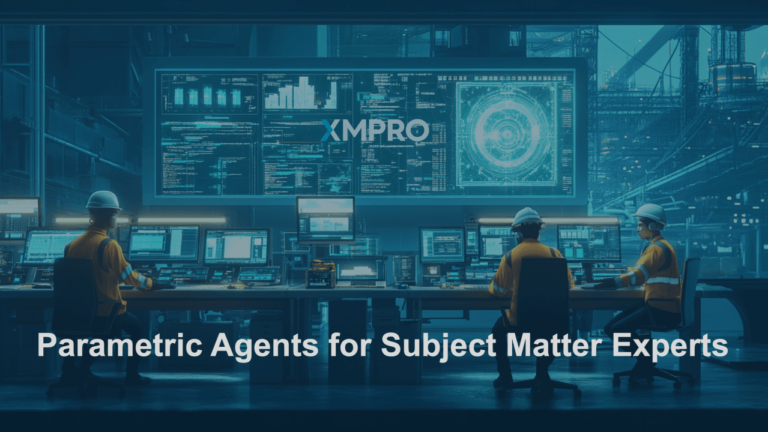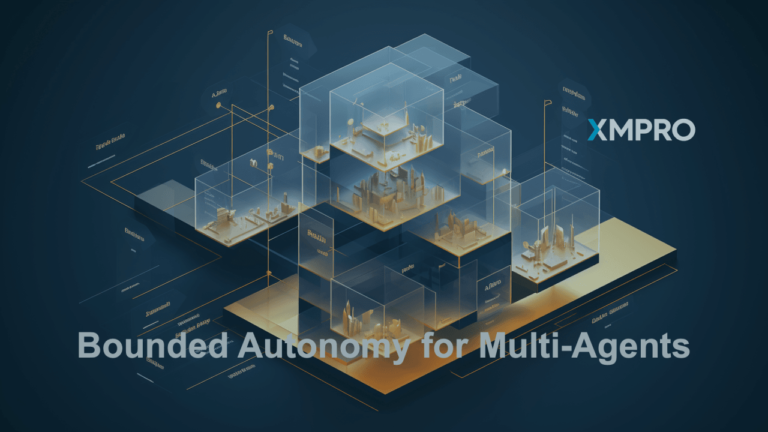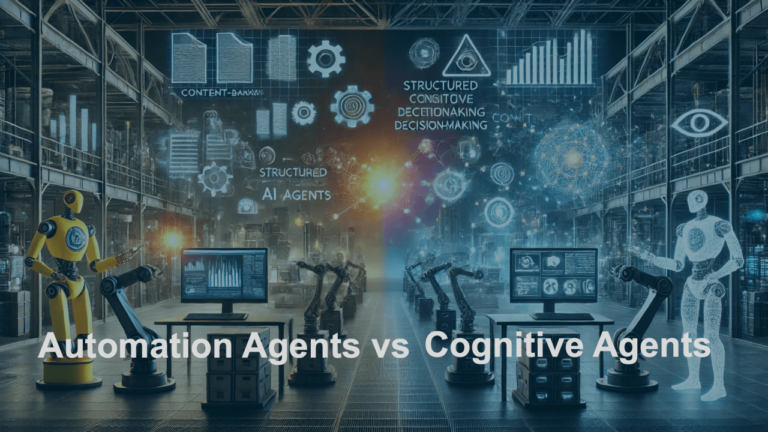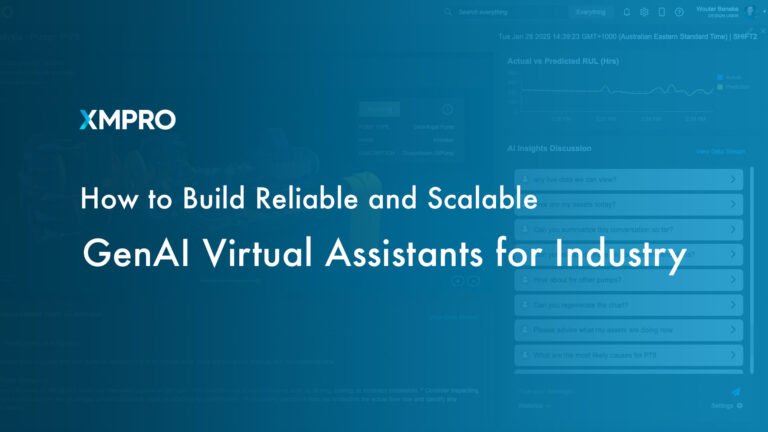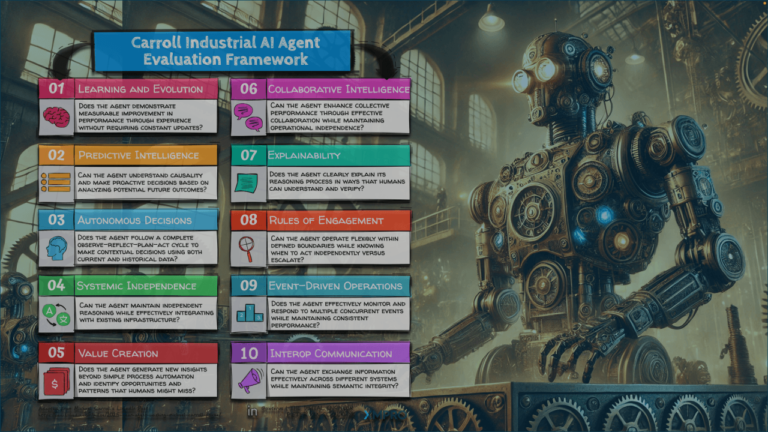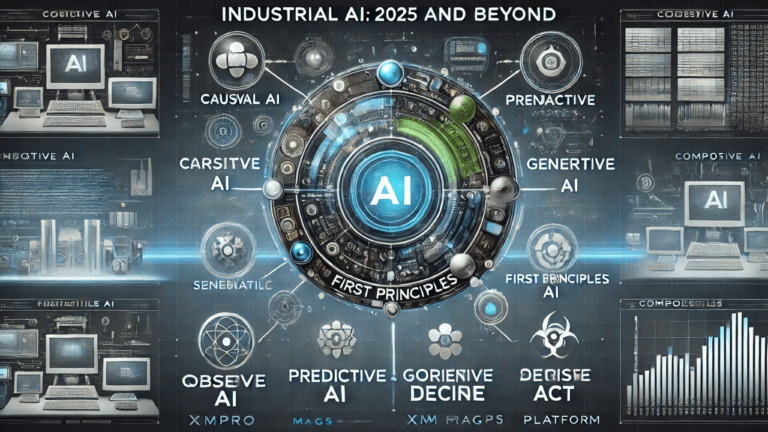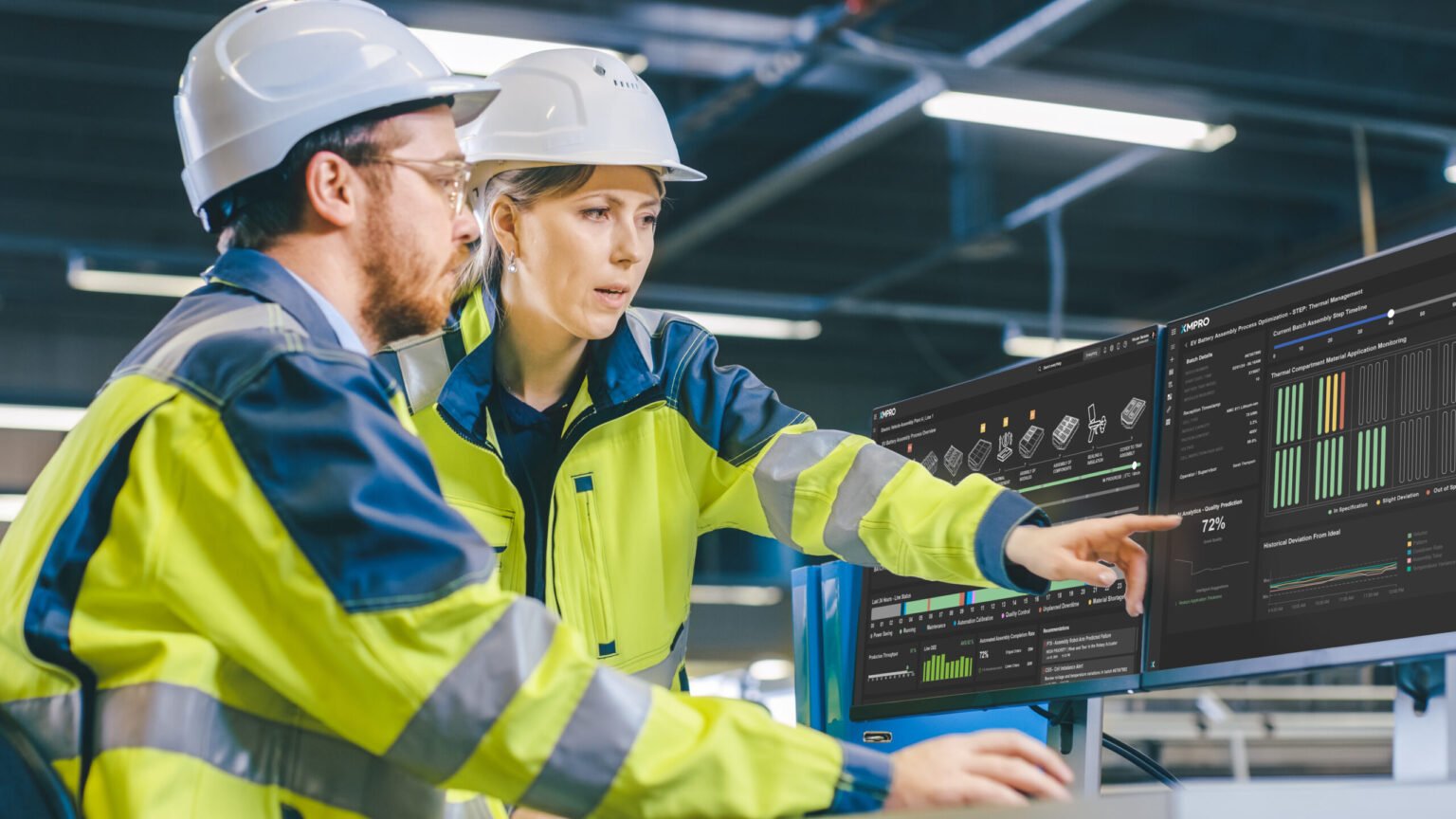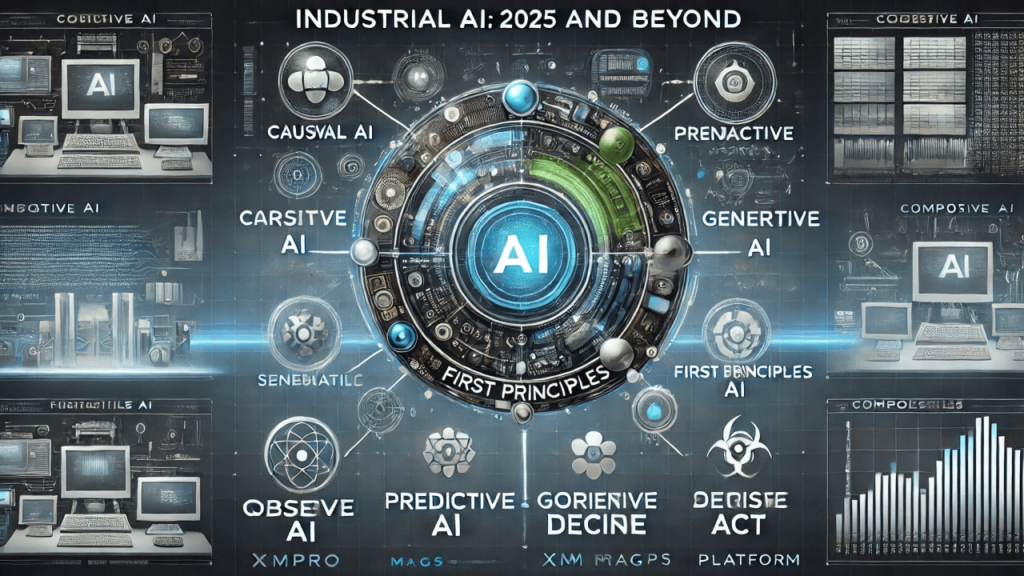

Pieter Van Schalkwyk
CEO at XMPRO
Industrial AI 2025 and Beyond
Generative AI dominated tech conversations throughout 2023-2024, with AI Agents emerging as the breakthrough innovation in late 2024. As we enter 2025, this momentum continues to build—and for good reason. AI Agents are proving to be the critical bridge that transforms generative AI from a promising technology into a powerful tool delivering measurable ROI across industries. As I explored in my previous article, they represent the true ‘killer application’ for industrial generative AI implementation.
There are many predictions of what AI and Agentic AI will be in 2025, but in my view, most of these are professionally curated hallucinations with a dash of wishful thinking. 😂
Before we can predict what will happen, we first have to understand what true agents are. As Michael Carroll compellingly articulates, a true agent must embody three fundamental capabilities from Arthur Kordon’s Axioms: the ability to learn and improve over time, the ability to predict outcomes and explore counterfactuals, and the ability to reason and make autonomous decisions. This clear definition helps separate real agents from simple automation tools rebranded as agents.
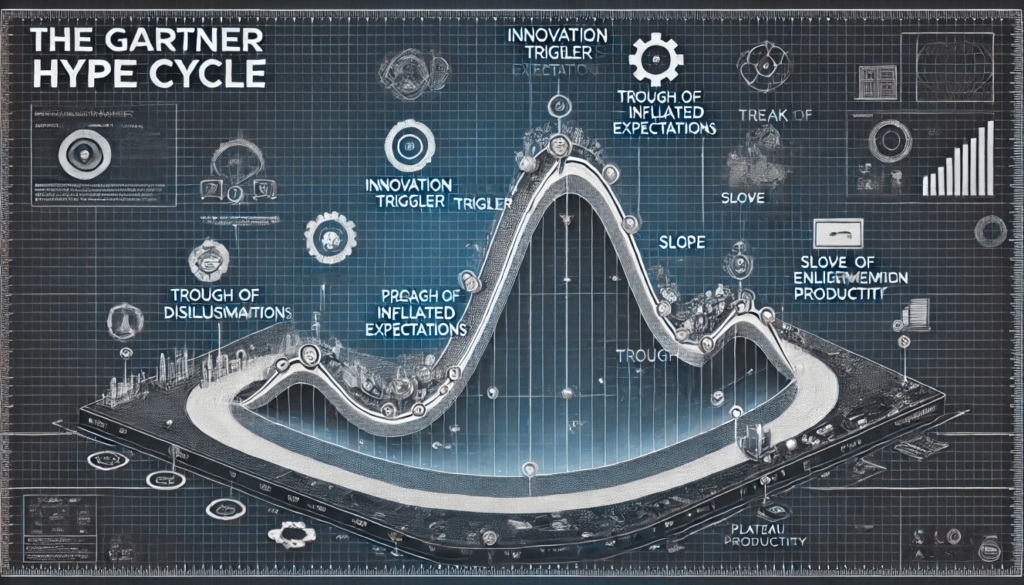
The Hype Around Agents
As we navigate through one of the fastest-moving hype cycles in technological history, I’m convinced that the conversation will shift back to fundamentals: the real-world problems we’re trying to solve. Generative AI and its agents now face the formidable challenge of delivering on unprecedented expectations—expectations fueled by an ecosystem of AI model providers, researchers, hyperscalers, application builders (including our work at XMPro), and the surge of AI consultants emerging across the industry. The ‘trough of disillusionment’ isn’t just inevitable; it’s necessary for separating transformative innovations from temporary excitement.
The true test for Generative AI lies in delivering tangible business value by tackling concrete operational challenges.While productivity-enhancing copilots and chatbots mark important progress, they merely scratch the surface of AI’s potential to transform core business processes and outcomes.
This is precisely why we’re focusing on Multi-Agent Generative Systems—they represent a fundamental shift from isolated AI assistance to orchestrated, process-wide transformation. These systems don’t just augment existing workflows; they reimagine how businesses can operate in an AI-enabled future.
Generative AI On It’s Own Is Not Enough
The harsh reality facing many developers—whether building MVPs or experimenting with Python frameworks for agentic systems—is that Generative AI alone isn’t sufficient.
Particularly in industrial and enterprise environments, scaling requires a robust management framework to orchestrate operations, facilitate communication, and enforce critical ‘Rules of Engagement.‘ This understanding drives our comprehensive approach at XMPro.
While our Multi-Agent Generative Systems (MAGS) represent a crucial component, we’re simultaneously developing complementary capabilities, such as APEX, built on our Intelligent Digital Twin technology. This integrated approach enables the deployment of thousands of real-time industrial agents at scale, addressing the complex realities of enterprise operations.
Even though Generative AI offers remarkable capabilities, its true organizational value emerges only when integrated into a comprehensive AI ecosystem.
At XMPro, our 2025 strategy focuses on developing this holistic approach through Composite AI—a seamlessly integrated portfolio of complementary AI technologies essential for solving real-world industrial challenges.
This portfolio encompasses:
- Causal AI: Employs sophisticated mathematical models and fault tree analysis to uncover root causes and map complex event relationships in industrial systems.
- Predictive AI: Leverages advanced statistical analysis and reinforcement learning to forecast operational outcomes and identify emerging trends with greater precision.
- Generative AI: Processes diverse data streams—from text and images to audio and video—synthesizing new insights and solutions across multiple modalities.
- First Principles Models: Combines physics-based calculations with Digital Twin technology to validate decisions against fundamental scientific laws, ensuring practical feasibility.
- Symbolic AI: Captures and processes complex industrial knowledge through logical rules and symbolic representations, enabling transparent and interpretable decision-making.
In the coming months, I’ll expand on each of these AI technologies in depth through a series of articles. These deep dives will demonstrate why a Composite AI approach that thoughtfully integrates these diverse capabilities is essential for moving beyond the current hype cycle to deliver measurable real-world value.
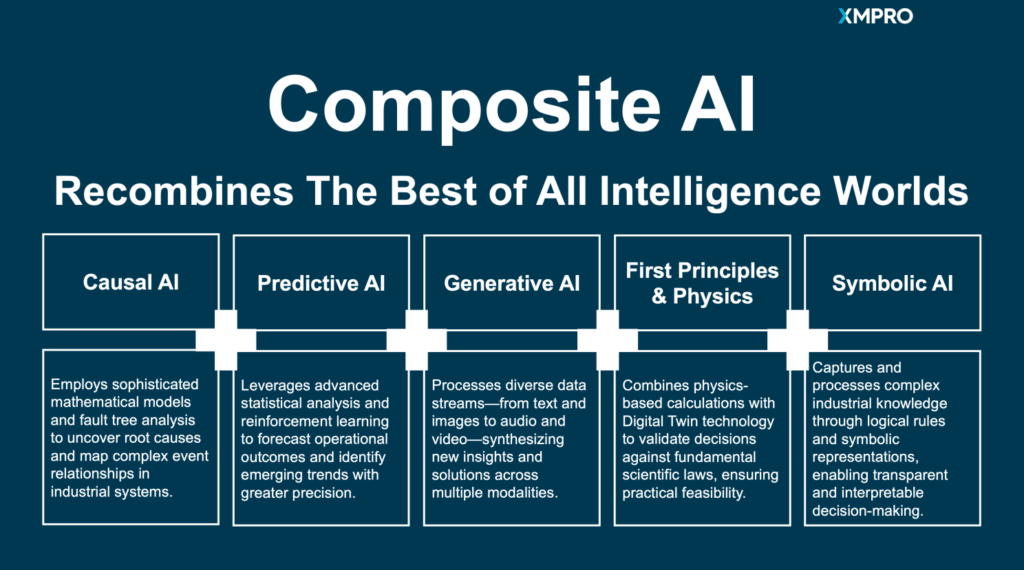
XMPro MAGS Leverages The Right AI For The Use Case
The Composite AI Approach for Industrial AI in 2025
The industrial sector’s response to Generative AI mixes enthusiasm with uncertainty about its real value. In 2025, we see that solving complex industrial problems requires more than just GenAI – it needs a complete system of AI technologies working together. This system must start with understanding the business problem first, then applying the right combination of AI tools to solve it.
Success in industrial AI comes from combining five key technologies:
1. Causal AI to find root causes
2. Predictive AI to forecast outcomes
3. Generative AI to create new insights
4. Mathematical Models to ensure physical accuracy
5. Symbolic AI to maintain safety rules
Our MAGS platform manages how these technologies work together in industrial settings. Its “Rules of Engagement” ensure AI systems operate safely and reliably while solving real business problems. Instead of creating smarter chatbots, we focus on transforming how industrial processes work.
This practical approach helps companies move past AI hype to create real solutions. By combining different types of AI under a strong management system, we help industrial operations solve problems that no single AI technology could handle alone.
Ready to Move Beyond GenAI Hype? Let’s Build Your 2025 Composite AI Strategy
Don’t let your industrial AI initiatives get trapped in the Generative AI hype cycle. XMPro’s expertise in Composite AI can help you develop a comprehensive strategy that delivers real business value. Our approach starts with your specific business challenges and builds a practical roadmap that integrates the right mix of AI technologies – from Causal AI to Mathematical Models – all managed within our proven MAGS framework.
What We Offer:
- Assessment of your current AI initiatives and business challenges
- Strategic planning for scaling AI deployment in industrial environments
- Integration roadmap for multiple AI types that complement your existing systems
- Framework development for safe, reliable AI deployment at scale
Contact us to schedule a consultation and learn how XMPro’s Composite AI approach can transform your industrial operations in 2025 and beyond. Let’s move beyond chatbots to create meaningful business impact.
Visit xmpro.com to learn more about our Industrial AI solutions or email [email protected] to start the conversation.
Our GitHub Repo has more technical information if you are interested. You can also contact myself or Gavin Green for more information.
Read more on MAGS at The Digital Engineer
About the Author: Pieter van Schalkwyk is the CEO of XMPro, which focuses on helping organizations bridge the gap between industrial operations and enterprise systems through practical AI solutions. With over thirty years of experience in industrial automation and digital transformation, Pieter leads XMPro’s mission to make industrial operations more intelligent, efficient, and responsive to business needs.
This article originally appeared in XMPro CEO’s Linkedin newsletter here







